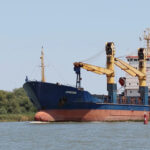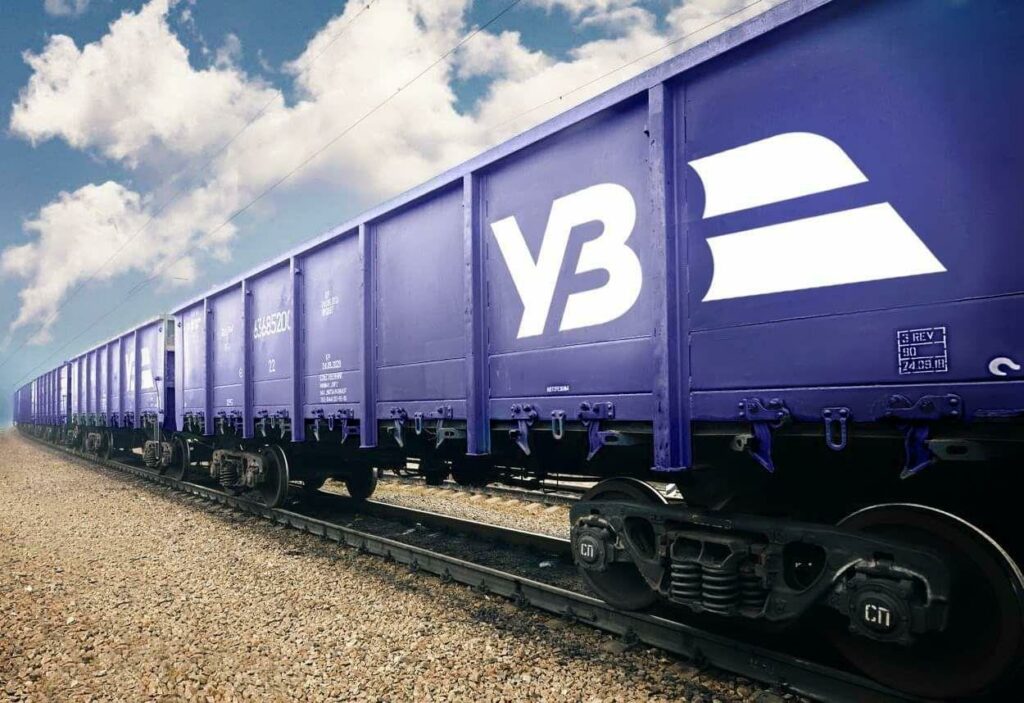The Ministry of Reconstruction talked about “plan B” for Ukrainian exports
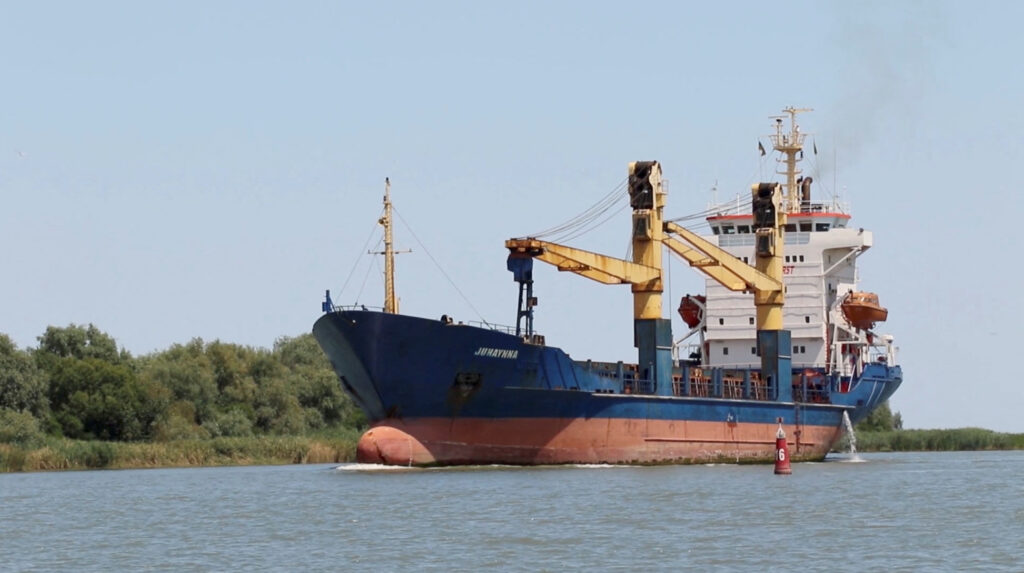
Russia may withdraw from the Grain Agreement as early as July. Ukraine is preparing alternative export routes in the event of the closure of the “grain corridor”.
Not only Russia is blocking Ukrainian exports. Five EU countries (Poland, Romania, Slovakia, Bulgaria and Hungary) banned the import of a number of Ukrainian products at least until September 15.
So, the best alternative in case of blocking the Grain Agreement is river transport. In 2022-2023, Ukrainian ports on the Danube demonstrated the ability to effectively use all existing capacities for export.
The prospects for the transformation of the Danube and a powerful alternative to the “grain corridor” were discussed at the online meeting of the Coordination Council on Logistics in Agriculture chaired by the Minister of Agricultural Policy of Ukraine Mykola Solskyi.
Deputy Minister of Community Development, Territories and Infrastructure Yurii Vaskov said that Ukraine currently has “three questions” for Romania:
• raid transshipment;
• obtaining a permit for further dredging of the Bystre mouth
• round-the-clock operation of the Sulina channel (Romania).
These issues were included in the agenda of the meeting between the Minister of Infrastructure of Ukraine, Oleksandr Kubrakov, and his Romanian counterpart, to be held in July.

Amfitriti, one of the bulk carriers, carrying cargo under the Grain Agreement, awaits passage through the Bosphorus, May 10. Source: Reuters.
Dredging
It will be recalled that after the deoccupation of Zmiinyi Island in July 2022, it was possible to unblock traffic through the mouth of Bystre on the Danube. Prior to that, Ukraine transported cargo through the Romanian Sulina Canal, where ships stood in long queues for months.
At the time of unblocking the Bystre mouth, its maximum draft was 3.9 meters. Soon, Ukraine was able to increase the depth of the channel to 6.5 meters in the section from Reni to the Black Sea. This made it possible to increase the number of ship calls to 12 per day in March, and the cargo turnover to 90,000 tons per day. By the end of March, 16 ships per day were already passing through Bystre.
Also, after the opening of the Bystre estuary, Ukraine earned an additional $1.5 billion. The effect for the state was approximately plus 10 million tons of cargo per year. And even after the opening of the mouth, the freight rate decreased by 30%.
The draft of vessels for passage through the Bystre estuary was increased thanks to the elimination of the effects of drifting, the removal of sediments from the soil, the elimination of rollovers and the restoration of passport characteristics within the water areas of seaports of Ukraine.
However, while the works were being carried out, Romania opposed the dredging. The Ministry of Foreign Affairs of Romania summoned the ambassador of Ukraine, Ihor Prokopchuk, in connection with the hydrotechnical works in the Kili estuary of the Danube. The country expressed concern that Ukraine is dredging a channel that cuts through a shared, ecologically sensitive coastal region.
Yurii Vaskov then заявив declared that Ukraine had not violated any interstate agreements by deepening the mouth of Bystre on the Danube. He reminded that in recent years Ukraine did not carry out dredging works, which led to the accumulation of silt. Therefore, the dredging carried out in 2022 is aimed at returning to the channel sufficient depths for the passage of ships with a draft of up to 6.5 meters.
The restoration of passport characteristics is provided for by the Convention on the Regime of Navigation on the Danube, which obliges the Danube states to maintain their sections in navigable condition for river vessels and, in the corresponding sections, for sea vessels. It also obliges to perform the necessary work to ensure and improve shipping conditions.
The Ministry of Reconstruction considers it expedient to prove the depth of the Ukrainian part of the Danube to ensure the passage draft of ships — 7.2 meters, which will be equal to the passage draft of the Sulyn Canal. This will make it possible to significantly increase the carrying capacity of Ukrainian ports, to obtain better conditions for navigating the Danube and, ultimately, to increase the cargo turnover of the Danube ports to 32-35 million tons per year.
The current situation (Yuriy Vaskov): Ukraine is ready to carry out dredging of the Bystre mouth, but for this it requires permits from Romania and the European Commission. And, if the European Commission agrees with the initiative, Romania does not yet support this idea, as it has not supported it for more than 20 years.
Read also: Development of the Bystre estuary will help increase grain exports by 1 million tons per month
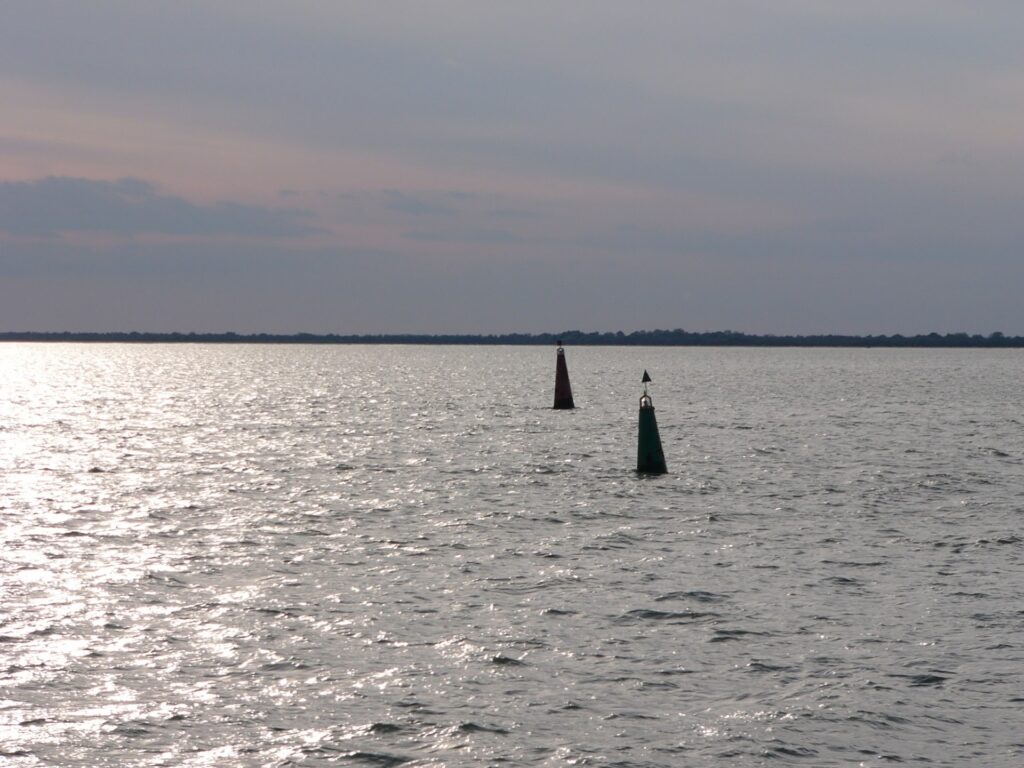
Bystre Estuary.
Raid transshipment
Earlier, the Ukrainian Grain Association (UGA) asked the Government to form raid transshipments at all seaports of the Danube region.
UGA claims that raid transshipments at the Danube ports will guarantee operators lower costs and better work efficiency. For example, such transshipment makes it possible to form consignments of cargo from several ports at once.
The Danube River is also proposed to be given the status of inland waterway E-80-09, in accordance with the European Agreement on the most important inland waterways of international importance. This will significantly increase the capacity of ports on the Danube and reduce logistics costs.
Current situation (Yurii Vaskov): The Ministry of Reconstruction a few months ago submitted to the Armed Forces for approval the project of a raid point in the Bystre estuary area, but was refused.
Now the ministry has again turned to the Armed Forces, in particular to the Naval Forces, but nothing is known about their position at the moment.
UGA also offered to organize an anchorage in the territorial waters of Romania. The organization of this kind of transshipment from barges with grain to large Panamax-type ships would allow to significantly increase the throughput capacity of the Danube route for the export of Ukrainian grain.
According to preliminary estimates, Ukraine’s Danube ports could double grain exports, while Romania could increase port dues revenues and unload directly at its ports, as grain carriers would not need a berth.
Current situation (Yurii Vaskov): There are two points in Constanta where you can carry out raid transshipment, but through Romanian terminals. This makes logistics more expensive, plus there is not always room for Ukrainian ships.
Therefore, Ukraine needs a raid point that would allow ships to bypass the Romanian terminals directly to the sea vessel and carry out raid transshipment directly.
Read also: UDS agrees on raid transshipment in the port of Constanta
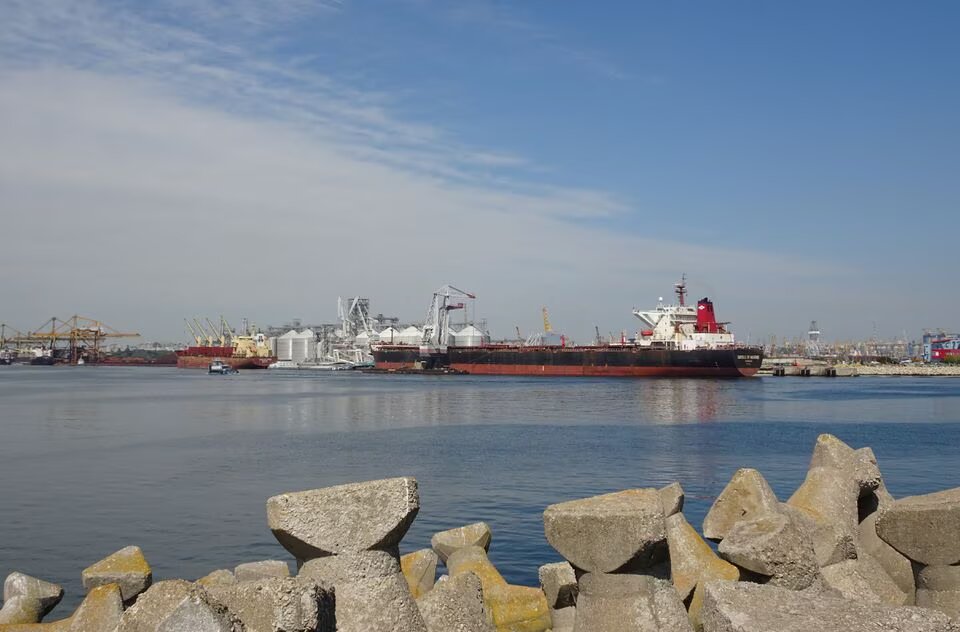
Port of Constanta. Source: Reuters.
Investments in Danube ports
Ukrainian ports on the Danube have increased the volume of transshipment several times since they became a “lifeline” for Ukrainian exports in the conditions of Russia’s blockade of sea ports.
In May, the ports of the Danube region processed more than 3 million tons of cargo, which is an absolute record for them.
In particular, since the beginning of the year, the Port of Izmail has processed more than 9 million tons of cargo. Recently, the Council of the Izmail seaport supported the project to expand the company’s capacities. Multimodal terminals will be built in the port, which will handle general, bulk and bulk cargo. And the port’s annual cargo turnover will increase by 900,000 tons.
This year, Ukraine plans to process at least 20 million tons through the Danube. Despite the fact that today the ports of Izmail, Reni, Ust-Dunaisk have used almost all available capacity for transshipment of cargo, there is potential for further development. In particular, it is about modernization and renewal of port infrastructure, attraction of investments for the construction of new terminals and dredging. The need for investments for Ukrainian ports on the Danube is at least $120 million.
Currently, many market participants are creating logistics infrastructure on the Danube due to insufficient capacities for grain storage and export. In particular, “Nibulon” is building a new terminal in Izmail; agroholding “Kernel” acquired the river terminal “Danube Prom Agro” in the port of Reni. UDS, Asket-Shipping, Danube Logistics Group, etc. are also developing infrastructure on the Danube.
Also earlier, Minister of Infrastructure Oleksandr Kubrakov spoke about the first results of the launch of additional port capacities on the Danube, in particular:
• operation of more than 20 new sea terminals;
• new transshipment technologies using floating cranes, mobile transloaders, storage vessels as floating warehouses, and other means;
• use of new temporary warehouses equipped with scales and laboratories.
Current situation (Yurii Vaskov): More than 12 terminals are currently being built along the Ukrainian coast of the Danube. Some terminals have already been built.
Currently, there is a simplified law for this, adopted last year, and local authorities are ready to offer land plots for construction – so the procedure is very simple.
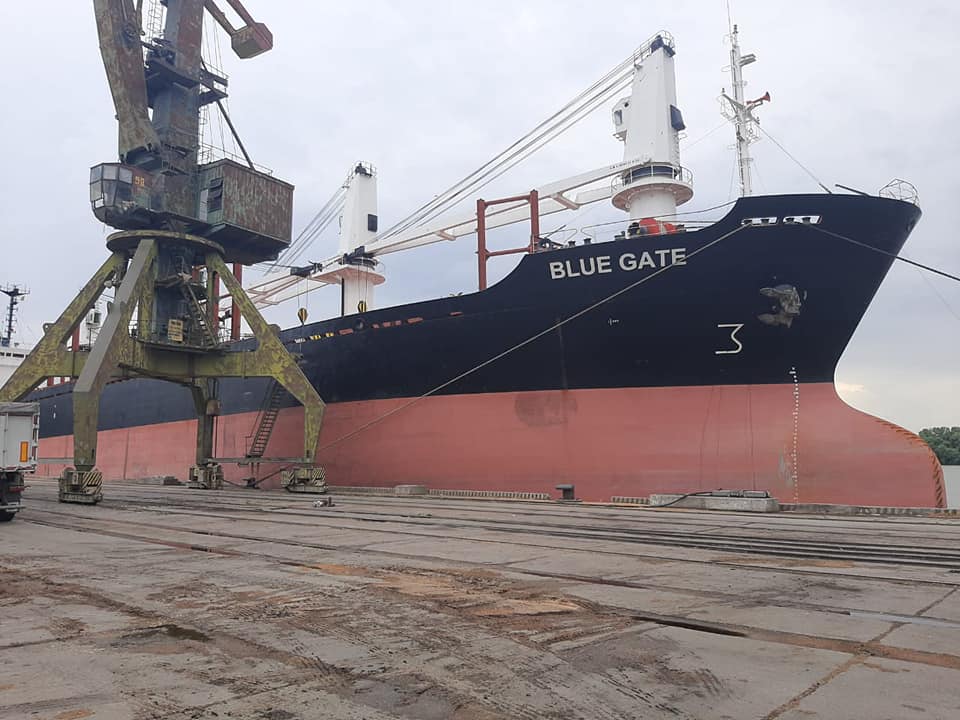
Bulk carrier Blue Gate with a record deadweight of 24 thousand tons in the port of Reni. For ports on the Danube, this is the first such vessel in the entire history of independent Ukraine. Source: USPA.
Epilogue
Ukraine plans to use all possible alternatives in the event of the closure of the “grain corridor”. Among them is the expansion of the carrying capacity of the Danube region, as well as the introduction of additional transit points and dry ports on the western border with Poland and Romania.
In addition, the state budget for 2023 provides for 20 billion UAH for the potential insurance of ships with Ukrainian grain that agree to continue operating, despite the blockade of the “grain corridor”.
Whether Russia will really withdraw from the Grain Agreement in July is anyone’s guess. We can only hope for the lifting of the ban on the import of Ukrainian agricultural products in Europe, the opening of a checkpoint in Romania, a permit for dredging the mouth of Bystre, and an increase in the export flow by land. Ukraine independently plans its export strategy in advance, taking into account all risks, and needs the support of partners. And their decisions can often be incomprehensible to Ukrainians.
Olga Horbenko, Ruslan Soroka.
